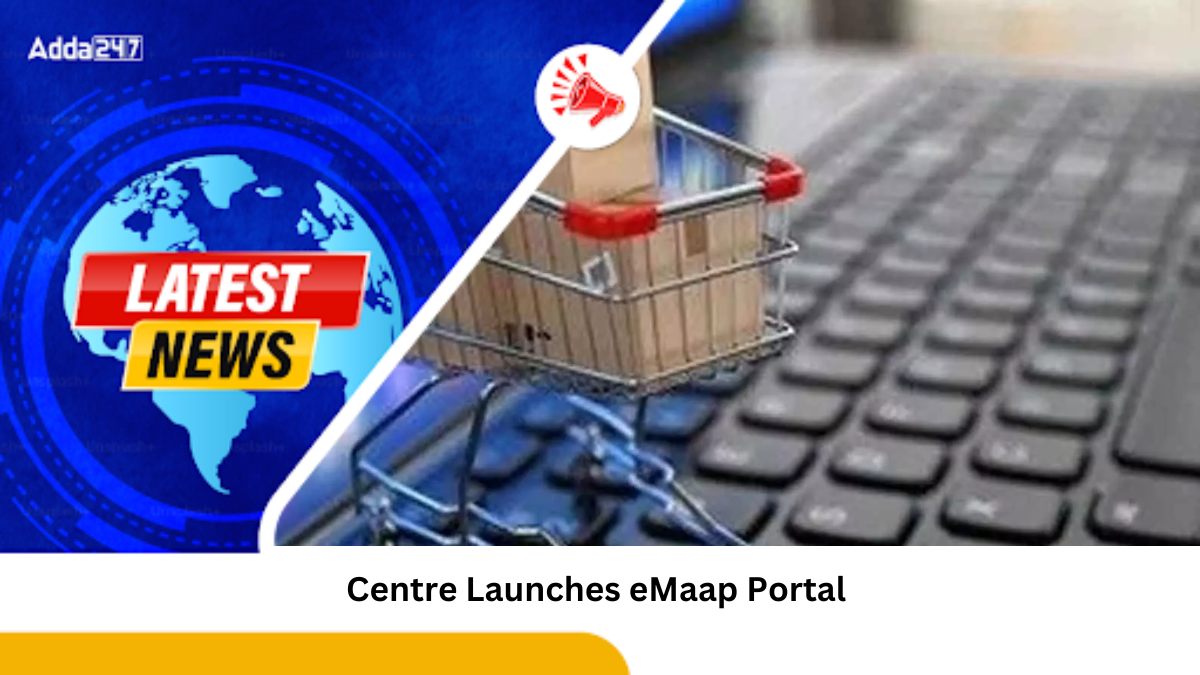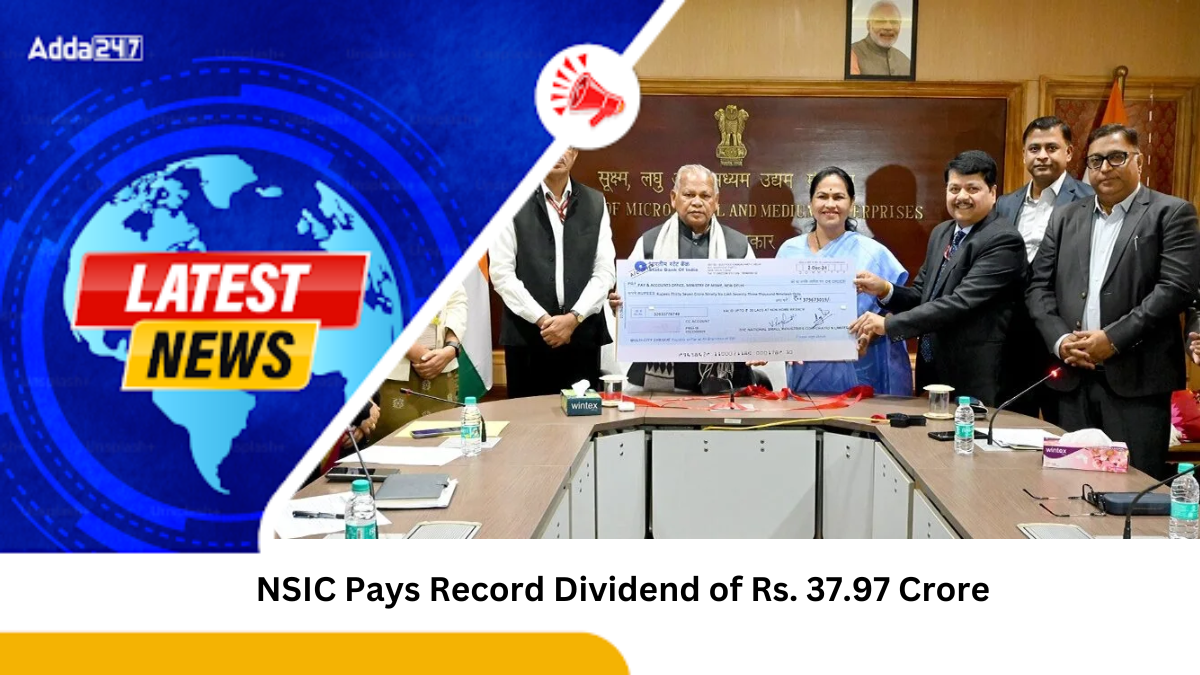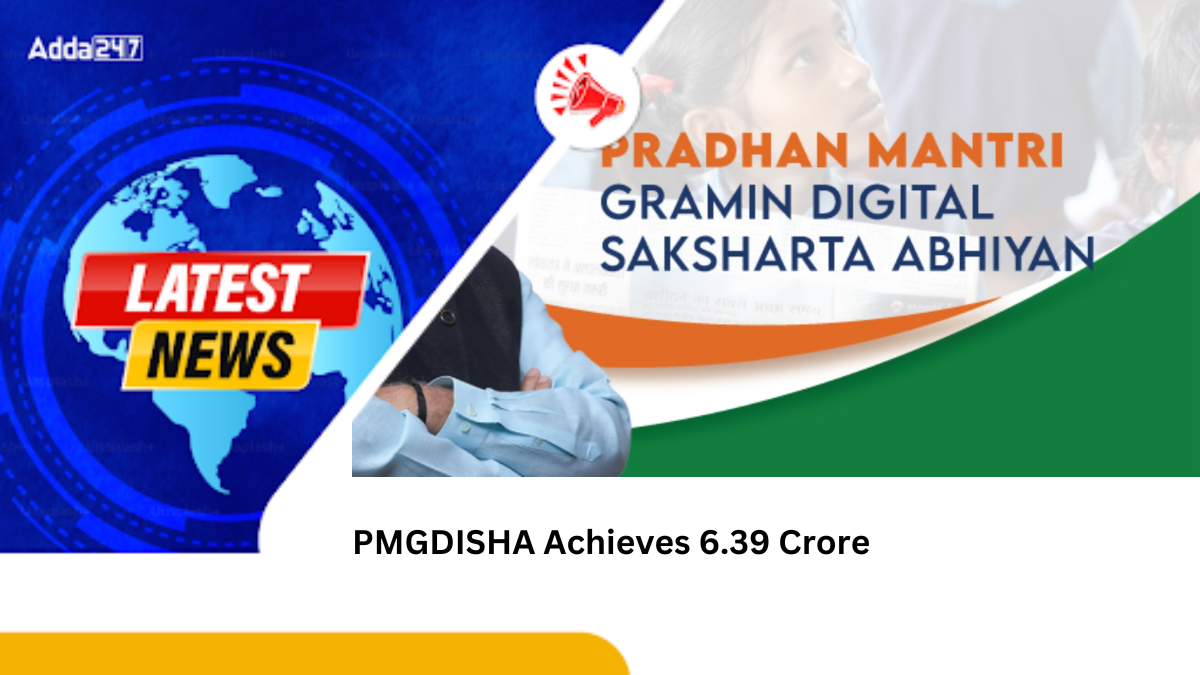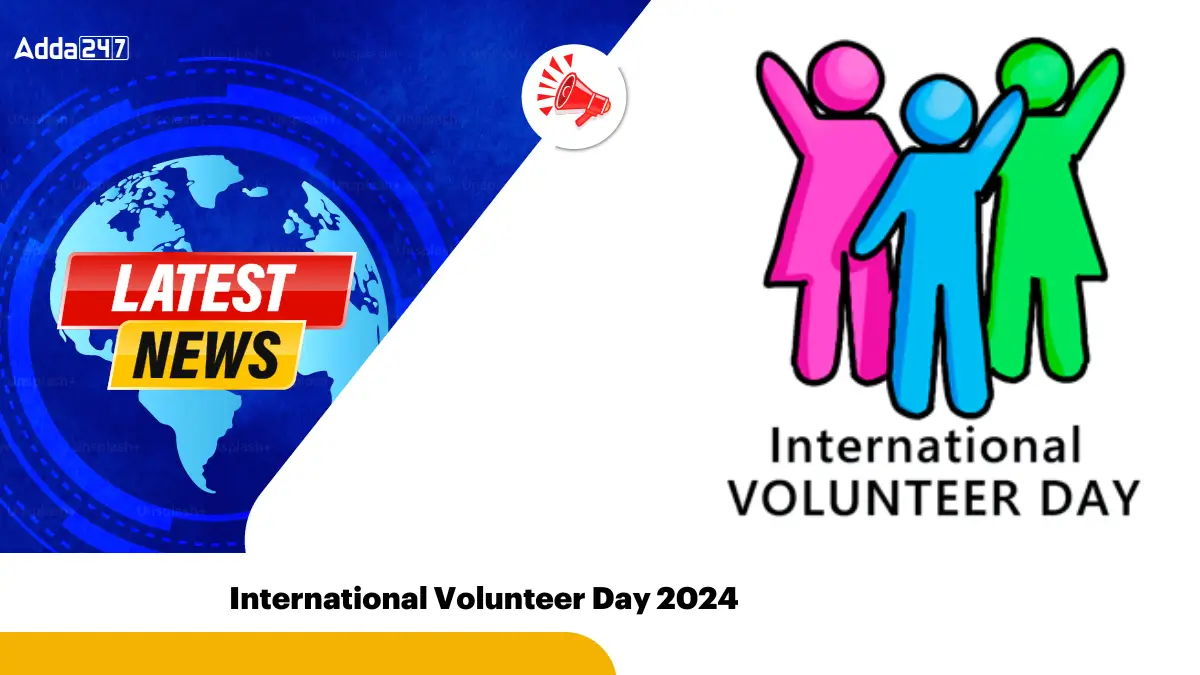The United Nations (UN) celebrates International Volunteer Day for Economic and Social Development on December 5 annually. Commonly known as International Volunteer Day (IVD), this special occasion provides a platform for volunteers worldwide to come together and highlight their invaluable contributions to social and economic development. This day serves as a reminder of the transformative power of volunteerism in addressing global challenges and fostering sustainable progress at local, national, and international levels.
Theme: Diverse Volunteers, Stronger Communities
The theme underscores the indispensable role of diverse volunteers in creating inclusive and resilient communities.
- Achieving the Sustainable Development Goals (SDGs) requires the involvement of people from all stages, levels, and backgrounds.
- Volunteerism enables individuals and communities to actively participate in developing solutions, bridging gaps, and fostering intergenerational collaboration.
The spirit of volunteerism is most evident in challenging times, whether combating climate change, addressing conflicts, or tackling social injustices. Volunteers are often the first responders, showing unparalleled courage, dedication, and selflessness.
The Impact of Volunteerism
- Volunteers enrich communities by fostering a culture of service, strengthening bonds across generations, and enabling progress toward achieving the SDGs.
- Volunteerism bridges gaps, promotes understanding, and empowers individuals to take charge of their development.
- It is described as an intergenerational cycle, where every generation learns from and contributes to the collective effort.
History of International Volunteer Day
1985: UN General Assembly Resolution
The UN General Assembly established International Volunteer Day on December 17, 1985 (Resolution 40/212), encouraging governments worldwide to observe it annually on December 5. The goal was to raise awareness of the value of volunteer service and inspire more people to participate.
1997: Proclamation of International Year of Volunteers
In 1997, the General Assembly proclaimed 2001 as the International Year of Volunteers (IYV) through Resolution 52/17. This initiative recognized the efforts of volunteers and aimed to facilitate their work, create communication networks, and promote the benefits of voluntary service.
2001: Recommendations for Volunteer Support
The General Assembly adopted a set of recommendations in 2001 (Resolution 56/38) to encourage governments and the UN system to provide support to volunteers and spread awareness about their contributions.
2002: Strengthening the UNV Programme
In 2002, the Assembly urged the United Nations Volunteers (UNV) programme to maximize the potential of International Volunteer Day (Resolution 57/106).
2008: Commemorating the 10th Anniversary of IYV
On December 18, 2008, the General Assembly decided to commemorate the 10th anniversary of IYV with two plenary sessions during its 66th session in 2011 (Resolution 63/153).
UN Volunteers Programme in 2024
The UN Volunteers Programme, hosted by the United Nations Development Programme (UNDP), achieved remarkable milestones in 2024:
- Over 13,000 on-site volunteers contributed to 70+ UN entities and missions.
- A record 10,000 online volunteers, aged between 18 and 88, served from 180 countries, bringing unique perspectives and skills.
These efforts enriched collective global initiatives and highlighted the importance of volunteer diversity in driving progress toward the SDGs.
Famous Volunteers and Their Legacies
Ben Franklin
Known as a Founding Father of the United States, Franklin also founded the first volunteer fire department, the Union Fire Company, in 1736. His famous saying, “An ounce of prevention is worth a pound of cure,” reflects his dedication to public service.
Christopher Reeve
The actor-turned-advocate for people with spinal cord injuries served as:
- Vice Chairman of the National Organisation on Disability.
- Chairman of the American Paralysis Association.
He also established the Christopher and Dana Reeve Foundation, which supports research and resources for individuals with disabilities.
Agatha Christie
The renowned author volunteered as a nurse in the Red Cross Hospital during World War I (1914–1917). Her experience later influenced her writing and provided insights into human resilience.
Ella Fitzgerald
The “First Lady of Song” supported the fight against polio by participating in public service announcements for the March of Dimes in 1958.
Sally Ride
America’s first female astronaut, Ride co-founded Camp CEO, which mentored minority girls in collaboration with the Girl Scouts. She also established Sally Ride Science, promoting STEM education for young girls.
International Volunteer Day 2024: Summary in Tabular Form
| Aspect |
Details |
| Why in News |
International Volunteer Day (IVD) is observed annually on December 5, highlighting the role of volunteers in global social and economic development. |
| Theme |
Diverse Volunteers, Stronger Communities – emphasizing inclusivity and intergenerational collaboration for sustainable development. |
| Significance |
– Volunteerism empowers individuals and communities to contribute to the Sustainable Development Goals (SDGs).
– Volunteers address challenges like climate change, conflicts, and social injustices with dedication and selflessness. |
| History |
– 1985: UN General Assembly established IVD (Resolution 40/212).
– 1997: Proclaimed 2001 as International Year of Volunteers.
– 2001: Recommendations adopted to support global volunteer efforts.
– 2002: Strengthened the role of United Nations Volunteers (UNV) programme.
– 2008: Marked the 10th anniversary of the International Year of Volunteers. |
| 2024 Highlights |
– Over 13,000 on-site volunteers and 10,000 online volunteers (aged 18–88) contributed to 70+ UN entities.
– Volunteers hailed from 180 countries, enriching global SDG efforts. |
| Famous Volunteers |
– Ben Franklin: Founded the first volunteer fire department in 1736.
– Christopher Reeve: Advocated for people with spinal cord injuries and co-founded the Reeve Foundation.
– Agatha Christie: Volunteered as a nurse during World War I.
– Ella Fitzgerald: Supported the fight against polio via public service campaigns.
– Sally Ride: Promoted STEM education for girls and co-founded Camp CEO for mentoring minority girls. |
| Key Message |
Volunteerism fosters resilience, bridges generations, and accelerates progress on SDGs by enabling communities to take charge of their development. |
| Call to Action |
Encouraging people to embrace volunteerism and participate actively in community and global development initiatives. |












